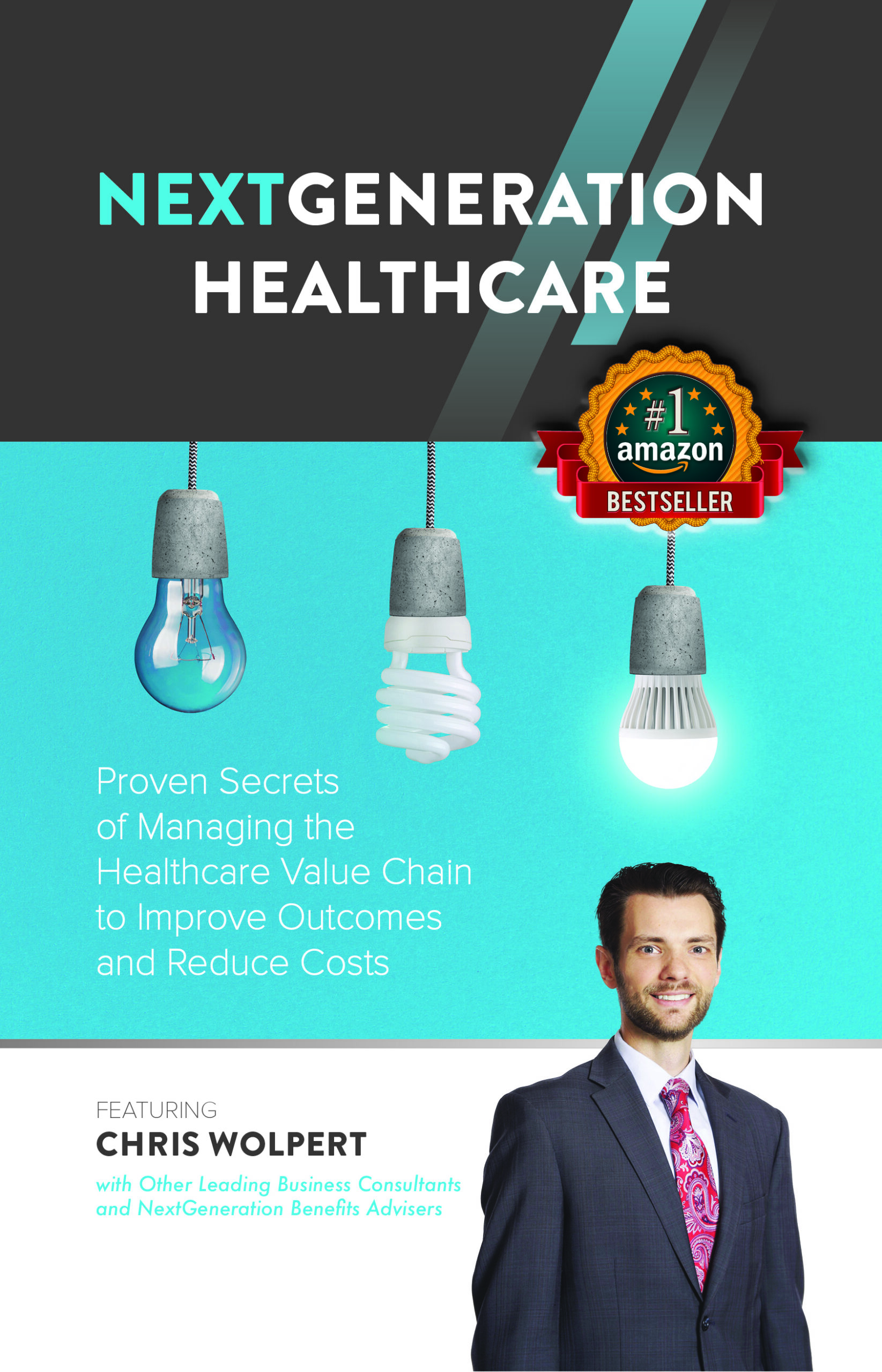A new study predicts that group health insurance costs will jump 8% in 2025, on par with what American employers have experienced this year and in 2023.
The higher rates reflect the costs borne by health insurers, which are seeing more claims for care that was postponed during the COVID-19 pandemic and a steady rise in the cost of pharmaceuticals as more innovative and effective drugs come to market, according to the study by PricewaterhouseCoopers.
Additionally, health plans have seen a surge in demand and utilization for behavioral health services, which has been hampered by a limited supply of in-network mental health professionals, who are also demanding higher reimbursement rates.
And while drug costs are rising, some of the medications may actually reduce future health care costs for those taking them. There are also new biosimilar drugs coming to market that cost a fraction of the originals.
Cost drivers
Thanks to a continuing stream of pharmaceutical breakthroughs that are saving patients’ lives and/or improving their quality of life, insurers have to make coverage decisions. Many of the new drugs are costly, but they may also reduce overall health care costs in the long run as they may reduce the need for expensive intervention and emergency treatments.
Two classes of drugs that are on health insurers’ radar in 2024 and 2025 are:
- GLP-1 agonists (annual cost: about $11,000). Various of this category of drugs treat type 2 diabetes, and can assist with chronic weight management and may reduce secondary cardiovascular events.
Most health plans offer coverage of GLP-1 agonists for type 2 diabetes. However, health plans won’t cover them solely for weight management, which is not considered an essential health benefit under the Affordable Care Act. - Central nervous system drugs (annual cost: about $22,000). This includes various drugs treating conditions such as Alzheimer’s, Parkinson’s, multiple sclerosis and schizophrenia.
While these medications may make it difficult for health plans to manage their costs, the report notes that despite the initial cost, health plans may see reduced medical costs as patient health improves.
Mental health services are also driving costs, and they were listed among the top three inflators of drug costs by health plans surveyed for the PwC report.
While the per member per month outlays for mental health services have historically been too low to be considered a cost driver of overall medical costs, spending on mental health has jumped 50% since the pandemic. As a result, behavioral health services are accounting for a greater portion of health plan spending.
The main factors affecting costs are a significant supply and demand imbalance for behavioral health services. Health plans are competing with each other to sign on mental health providers from a pool that is not enough to satisfy demand.
Counterbalancing costs
There are three trends that could counterbalance some cost increases.
Biosimilars. — Biosimilars are biological products that are “highly similar” to and have “no clinically meaningful differences” from an existing Food and Drug Administration-approved reference product. One of the most recent drugs that has seen a flood of competing biosimilars hit the market is Humira (adalimumab), a medication that reduces the signs and symptoms of moderate to severe rheumatoid arthritis.
One report estimates that the savings generated by biosimilars in 2022 was $9.4 billion in the United States. Another analysis performed in early 2023 projects total savings from biosimilars to range from $125 billion to $237 billion between 2023 and 2027.
Health plans are increasingly focused on reducing wasteful spending, which is forcing them to look at:
Exploring new pharmacy benefit manager models. — This is in light of continuing reports of the country’s largest PBMs actually increasing the cost of medications for payers (health plans, self-insured employers and insureds).
Integrating medical and pharmacy benefits. — An example of this is a health plan pharmacy team identifying when members haven’t picked up prescriptions, aren’t taking medications as prescribed or not refilling prescriptions on time.
Connected benefits allow for real-time medical, behavioral health and pharmacy data analysis to help maximize management of chronic conditions, close care gaps and monitor prescription use and potential interaction.
A study of its own clients by health insurer Health Care Service Corporation found that large employer groups with integrated pharmacy and medical benefits saved an average of $516 per member per year in medical costs over a three-year period.
The takeaway
As health insurance costs continue to rise, we can work with you to find health plans that will fit your and your employees’ budgets and help you look for actions to take that could have a positive effect on your rates.

